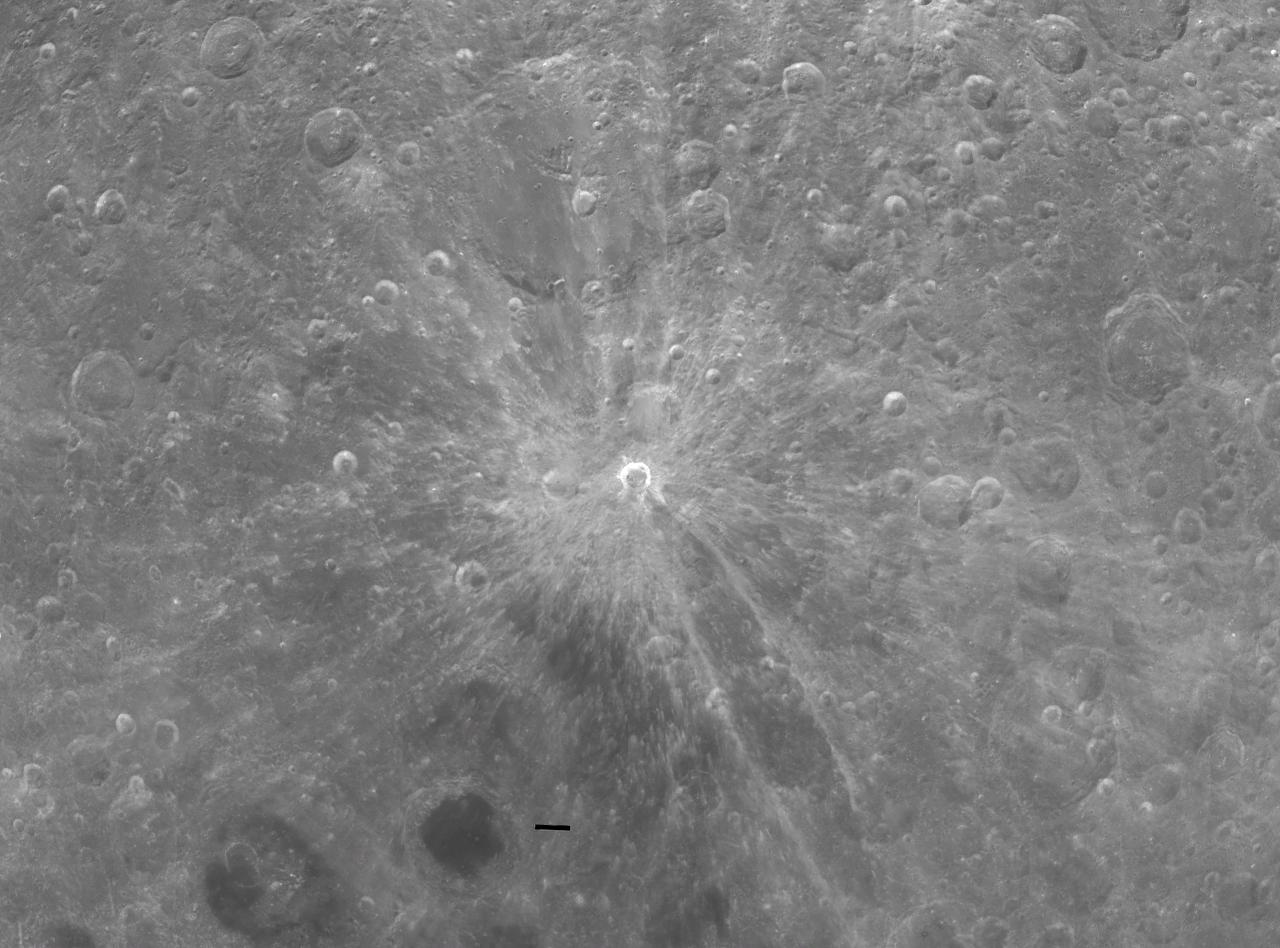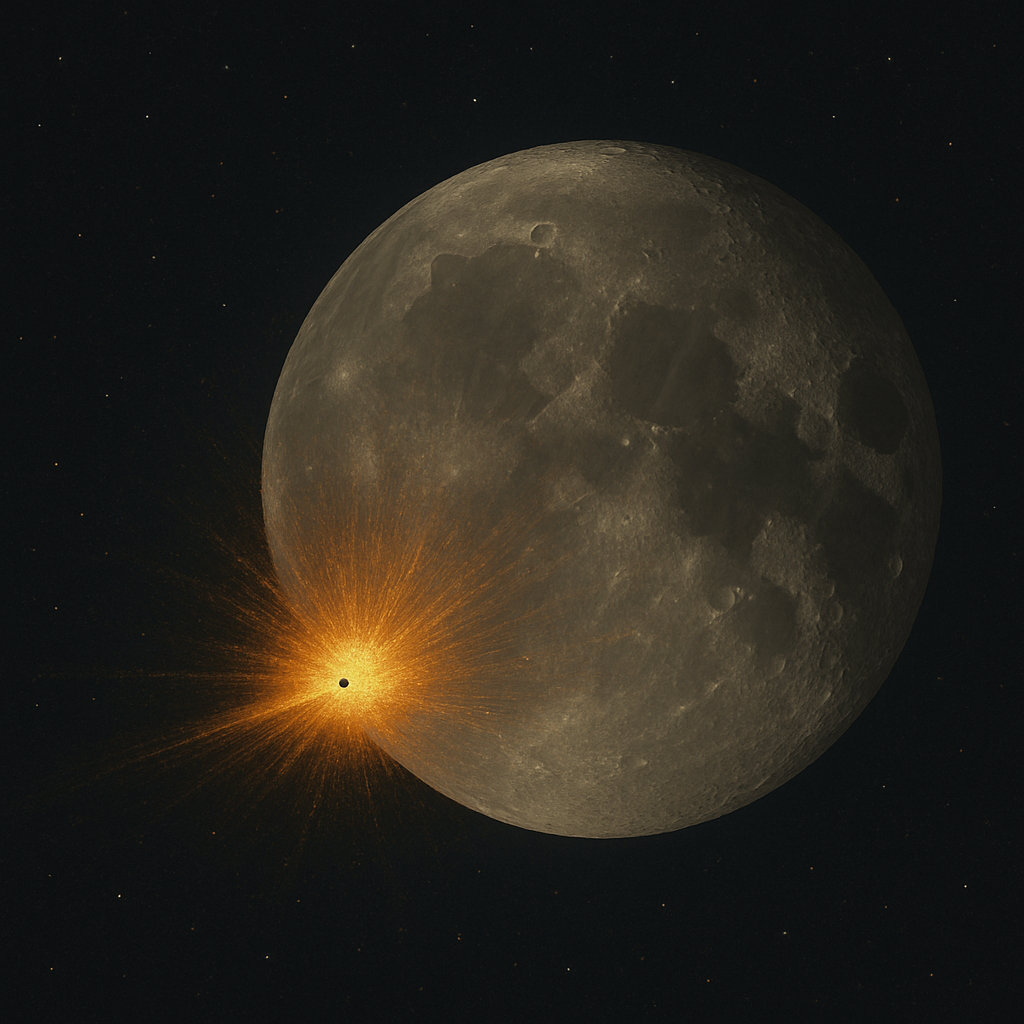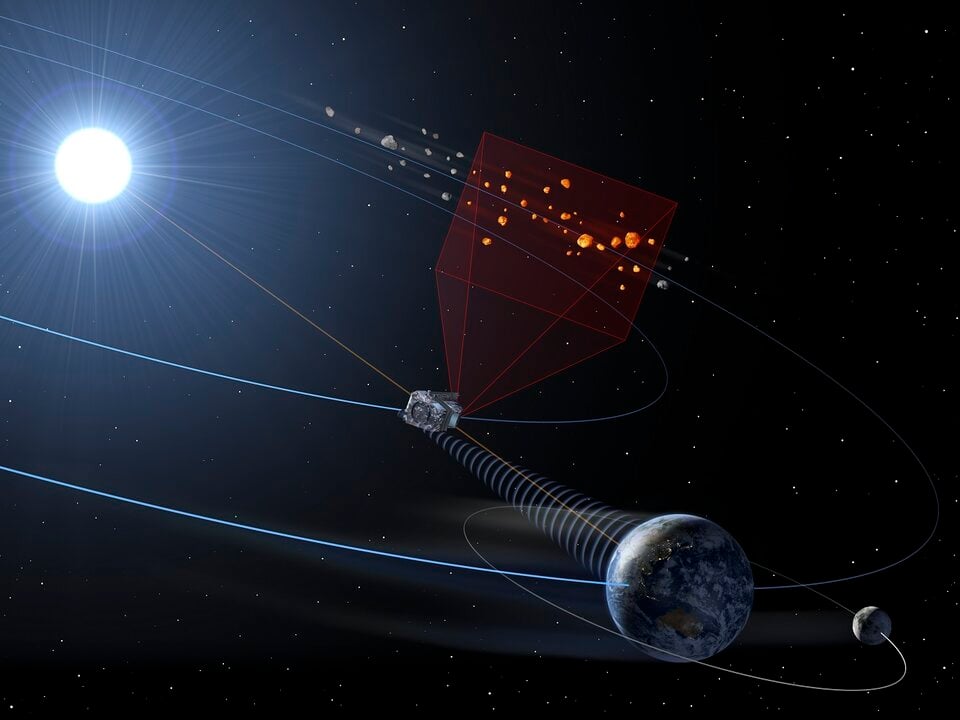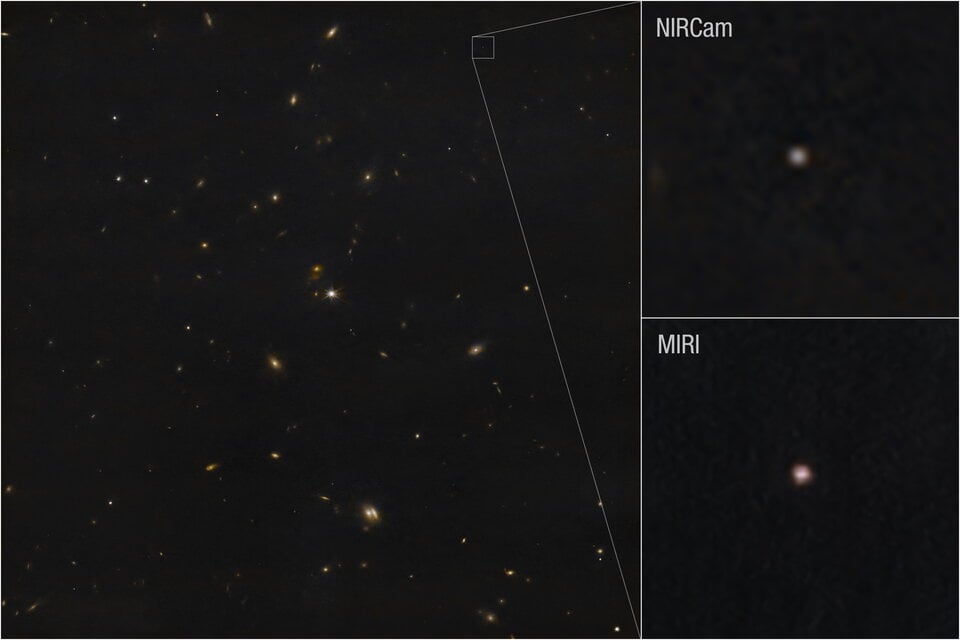Why we’ll have to wait a bit to say yay or nay on a 2024 YR4 lunar impact.
Predicting the precise path of a new asteroid or comet is a complex affair; the more observations you have, the better you know where an object will be, years hence.
Asteroid 2024 YR4 was discovered late last year, and found to have a trajectory passing through the Earth/Moon system in 2032. The world’s telescopes focused on the potential threat and downgraded the chance to negligible for the Earth…but the asteroid still has a non-zero chance of hitting the Moon. As the asteroid became too dim to continue observing, its Moon impact chance stood at 4%. When will we update this number? Not until it does another close flyby in 2028.
The Discovery
Asteroid 2024 YR4 was discovered by the Asteroid Terrestrial-impact Last Alert System (ATLAS) as a +13th magnitude object moving through the constellation Hydra the Sea Serpent on the night of December 27th, 2024. The 60-meter space rock was actually discovered two days after closest Earth approach, which was on Christmas Day at 828,800 kilometers away, just over twice the Earth-Moon distance.
As is the case with lots of asteroids approaching from the sunward direction, 2024 YR4 was outbound on discovery. The Chelyabinsk bolide that exploded over the Russian city of the same name on February 15th, 2013 snuck up on us as well… and just last week, a daytime fireball was seen over central Georgia, and showered an area with recovered fragments.
Anatomy of a (Potential) Impact
The asteroid immediately created a stir, as there seemed to be a slight chance of an Earth impact on December 22nd, 2032. At 60 meters across, the asteroid is smaller than an extinction triggering impact such as the 10 kilometer Chicxulub asteroid which hit off of the Yucatan peninsula 66 million years ago, and was instead dubbed a ‘city killer…’ Maps were even published showing a tentative impact swath across South America, the Atlantic, Africa and the Middle East.
Credit: A risk level comparison for dangerous asteroids. Credit: ESA.
It even briefly held a notable Torino scale rating of 3 during its first month of discovery—one of few new asteroid discoveries to do so. 99942 Apophis had the highest, briefly hitting a rating of 4 for its 2029 pass, after discovery in 2004. As is usually the case, further observations including ones tasked to JWST shrunk the potential for an Earth impact to zero. However, the chances of a lunar impact actually crept upward, and now stand at 4%.
More observations are needed before we’ll know for sure. Unfortunately, we’ll have to wait to refine the orbit of 2024 YR4 further. On a 4 year orbit around the Sun, the asteroid ranges from a perihelion 0.85 AU from the Sun, out to an aphelion in the asteroid belt at 4.18 AU distant. Next aphelion for the asteroid is set for November 22nd, 2026.
 Bruno Crater; an impact from 2024 YR4 may produce a similar result. Credit: NASA/LRO
Bruno Crater; an impact from 2024 YR4 may produce a similar result. Credit: NASA/LRO
What if asteroid 2024 YR4 actually hit the Moon? The Moon phase at impact will be 70% illuminated, waning gibbous on December 22nd, 2032 around 15:20 Universal Time (UT), the approximate time that 2024 YR4 will be in the vicinity of the Moon. Viewing would favor the Pacific Ocean region… though it’s uncertain at this point just what area of the Moon the asteroid would strike, if it hits the Moon at all. Certainly, the near nighttime side would be favorable for observation. The asteroid will be approaching the Earth from the direction of Sagittarius (the same constellation the Sun crosses in late December).
 An impression of a small asteroid striking the gibbous Moon. Credit: Created by the author using ChatGPT.
An impression of a small asteroid striking the gibbous Moon. Credit: Created by the author using ChatGPT.
Protecting the Planet From Sunward Space Rocks
Clearly there’s lots more out there to discover in terms of near-Earth asteroids. Vera Rubin revealed an amazing 2,104 new asteroids on its first run. NASA still plans to launch their NEO Surveyor mission to scout for asteroids in September 2027. The mission survived the current budget FY2026 cuts and passed its Critical Design Review phase earlier this year.
The European Space Agency (ESA) also has plans to hunt for asteroids using space-based assets as well. ESA’s Near Earth Object Mission in the Infrared (NEOMIR) will head to the Sun-Earth L1 point. This location is the home of the Solar Heliospheric Observatory (SOHO), the Deep Space Climate Observatory (DSCOVR) and more. Launching in the 2030s, NEOMIR would use its infrared ‘eyes’ to scour the sky, detecting objects such as 2024 YR4 before they came close to the Earth.
 NEOMIR in space. Credit: ESA
NEOMIR in space. Credit: ESA
“We looked at how NEOMIR would have performed in this situation, and the simulations surprised even us,” says Richard Moissl (Head of ESA’s Defense Office) in a recent press release, referring to the expected performance of NEOMIR. “NEOMIR would have detected asteroid 2024 YR4 about a month earlier than ground-based telescopes did. This would have given astronomers more time to study the asteroid’s trajectory and allowed them to much sooner rule out any chance of Earth impact in 2032.”
A lunar impact would give astronomers a first-ever opportunity to witness such an event first-hand…and study such an event like never before. And heck, it would put on a show for amateur astronomers as well (assuming it doesn’t hit the lunar farside). Is it wrong that I kind of want to see this happen?
